
In Karnataka, Byadgi chili (Capsicum annuum) is widely grown and naturally sun-dried to develop its deep red color and signature wrinkled skin. It is known for producing strong color with only mild heat, which makes it popular in South Indian cooking where both aroma and appearance are important.
It is a key ingredient in dishes from coastal Mangaluru to Udupi cuisine, and is often used in masala pastes, sambar powders and chili oil. Because its heat level is lower than many other chilies, it allows other spices to come through while still adding warmth and flavor.
What Is Byadgi Chili?
Byadgi chili comes from the Haveri district of Karnataka and is a variety of Capsicum annuum. It is easily recognized by its dark red color, thin skin and wrinkled shape. The chili has a mild heat profile and a distinct aroma, which makes it useful for creating vibrant red gravies, chutneys and spice mixes.
It is especially valued in commercial chili powders and pastes because it adds stable color without overpowering spice, making it a practical choice for everyday cooking across South India.
Quick facts
- Name: Byadgi chili
- Region: Haveri district, Karnataka, India
- Scientific name: Capsicum annuum
- Heat level: Mild, roughly 5,000–15,000 SHU
- Main features: Deep red color, wrinkled skin, strong aroma
- Common forms: Whole dried pods or ground powder
- Best uses: South Indian curries, sambar powder, chili pastes, chutneys
- Why use it: Gives rich color and flavor with controlled heat
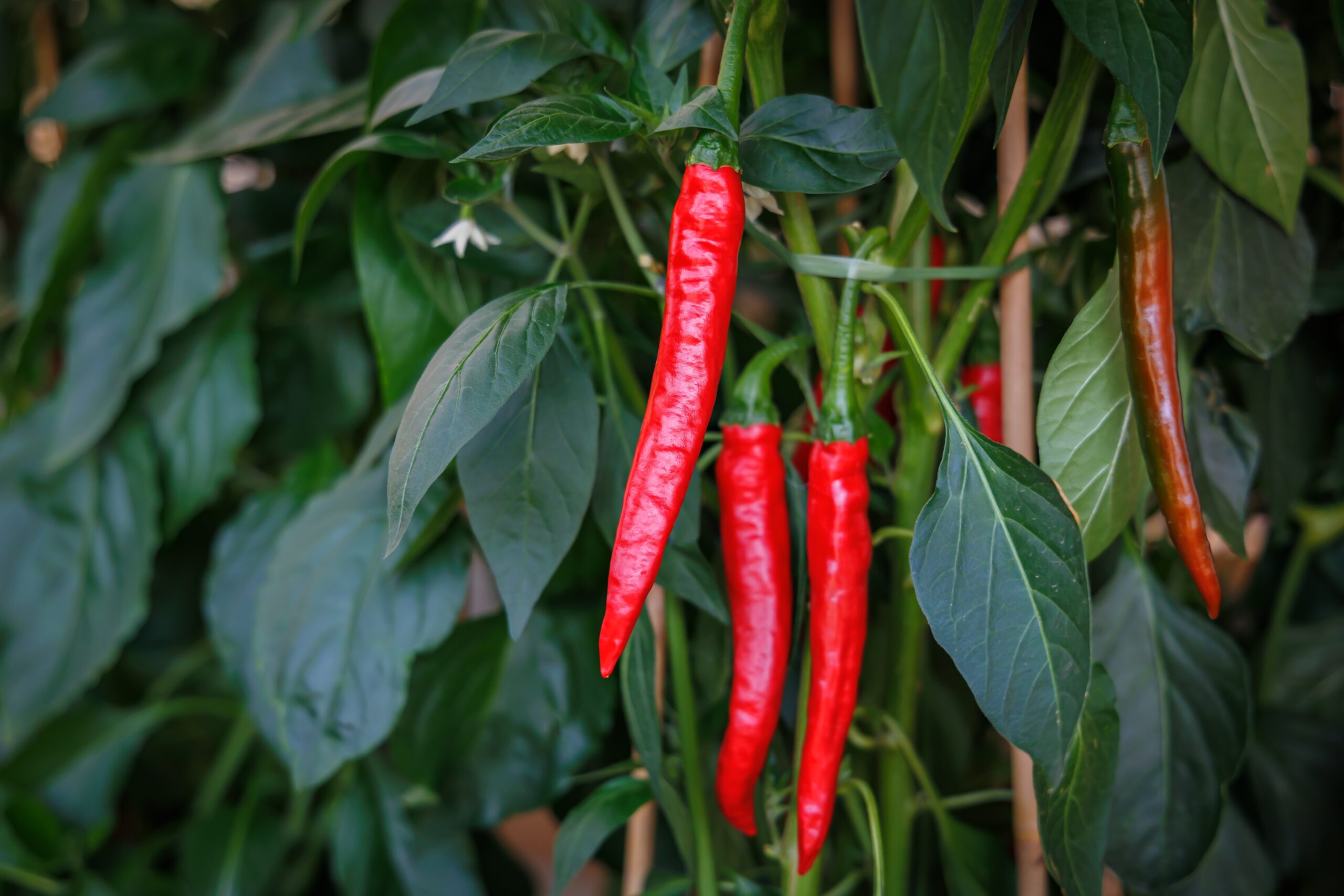
The Drying and Processing Method
After harvesting, Byadgi chilies are traditionally sun-dried in thin layers so they dry evenly and keep their natural oils. Farmers turn the chilies regularly to achieve the deep red color and wrinkled texture the variety is known for.
Some commercial producers now use controlled low-heat drying and mechanical cleaning to maintain uniform quality. Still, sun-drying remains common and is considered essential for preserving Byadgi chili’s natural aroma and appearance.
Forms You’ll Find It In
Byadgi chili is sold in several useful forms:
-
Whole dried chilies: Used to flavor hot oil and add color to tempering.
-
Chili powder: Common in spice blends and curry bases for its strong red hue.
-
Chili paste: Popular in coastal dishes and pickles where smooth texture and aroma matter.
Each form provides mild heat and reliable color, making it easy to use in everyday cooking.
Flavor Profile
Byadgi chili has mild heat, a warm earthy flavor and a noticeable aroma. It adds depth and red color to dishes without overwhelming other spices. This balance is what makes it a preferred chili for South Indian cuisine.
How to Identify Pure Byadgi Chili
Due to its popularity, similar-looking chilies are often sold under the same name. Key features to look for:
-
Color: Deep maroon to dark red (not bright or orange)
-
Texture: Long pods with a natural wrinkled surface
-
Aroma: Mild, slightly smoky and earthy
-
Taste: Gentle heat with subtle sweetness
-
Labeling: Look for mentions of Byadgi, Karnataka, or GI certification where available
These points help ensure you are buying authentic Byadgi rather than a blend or substitute.
Culinary Uses Across India and Beyond
Byadgi chili is widely used in South Indian cooking for its aroma and color:
-
Karnataka: Key in sambar, chutneys and Mangalorean spice pastes
-
Wider South India: Used in rasam, fish curries and masala powders
-
Outside India: Favored by chefs as a natural coloring chili in sauces and marinades

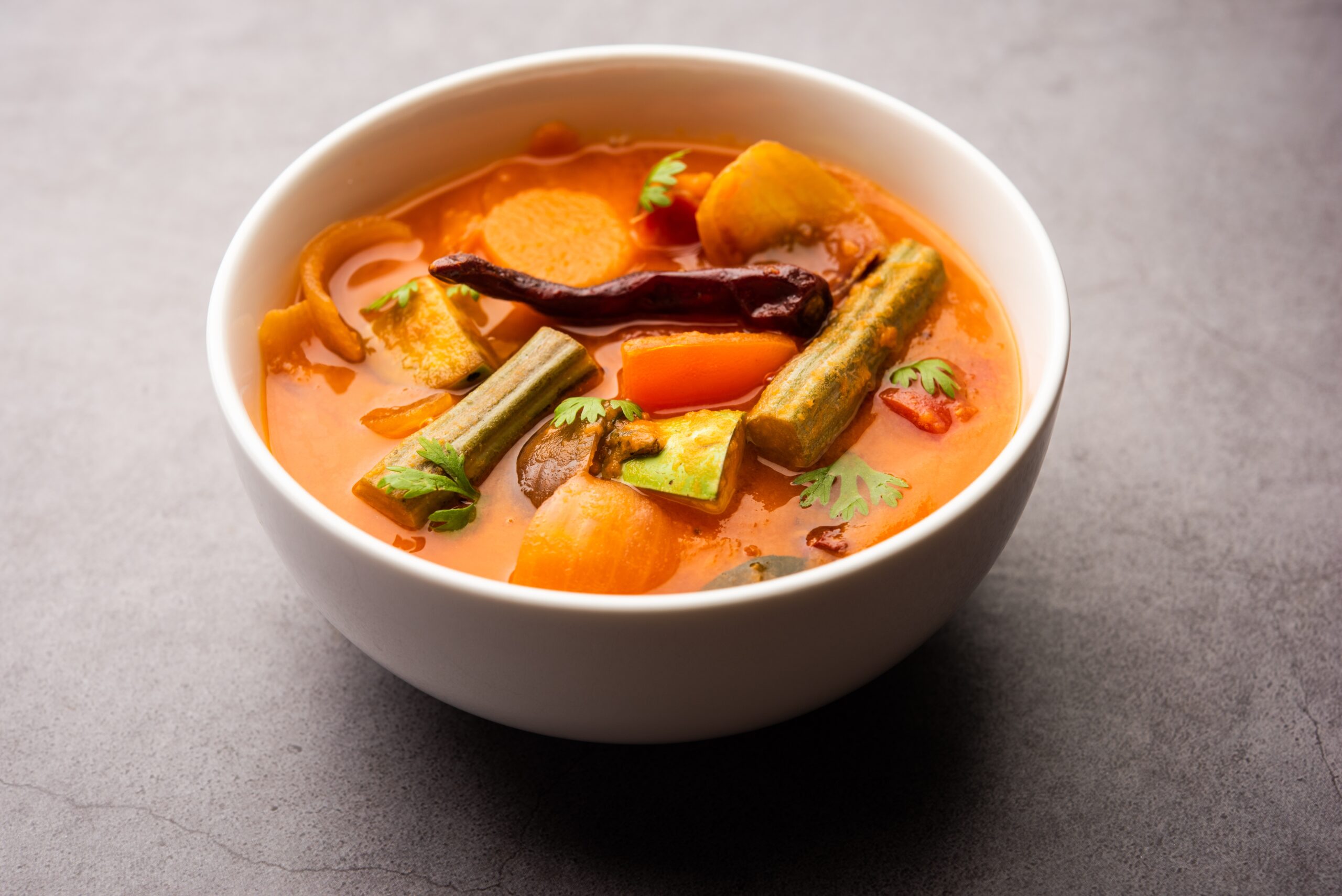
Creative Ways to Use Byadgi Chili
Beyond classic curries, Byadgi chili can add depth and color to everyday dishes. Try these creative twists:
-
Chili oil: Add gently in sesame or olive oil for drizzling over noodles or eggs.
-
Spiced butter: Blend chili powder with butter for grilled corn or toast.
-
Marinades: Mix with yogurt, garlic, and lemon for a mild, aromatic kick.
-
Soups and sauces: Stir in for rich color without too much heat.
-
Snack seasoning: Sprinkle over roasted nuts or popcorn for earthy warmth.
Flavor Pairings
Byadgi chili pairs beautifully with ingredients that highlight its warmth and aroma:
-
Spices: Cumin, coriander, turmeric, mustard seeds, and fenugreek.
-
Aromatics: Curry leaves, garlic, tamarind, and onion.
-
Bases: Coconut, tomato, and yogurt enhance its color and mellow flavor.
-
Proteins: Fish, lentils, and paneer absorb its gentle spice beautifully.
-
Fats: Ghee and coconut oil help release its rich red hue.
Together, these pairings create the layered flavors South Indian cooking is loved for.
Quick Tips to Get the Best Out of Byadgi Chili
-
Toast lightly: Warming the chili before grinding enhances aroma and color.
-
Bloom in oil: Gently fry in ghee or coconut oil to release its deep red color.
-
Avoid high heat: Overcooking can dull the color and cause bitterness.
-
Combine smartly: Mix with hotter chili varieties for balance in spice blends.
-
Add at the right time: Stir it in toward the end to preserve brightness and aroma.
Handled right, Byadgi chili can turn simple food into something vibrant, aromatic, and tasty.
How to Store It Right
Proper storage helps Byadgi chili retain its bright color and aroma for months.
-
Use airtight jars: Glass containers keep moisture and air out.
-
Keep away from sunlight: Direct light can fade its natural red hue.
-
Store in a cool, dry place: Prevents clumping and spoilage.
-
Avoid mixing batches: Finish older chili before adding fresh powder.
-
Shelf life: Can stay vibrant for up to 8 months when stored well.
Substitutes
If Byadgi chili isn’t available, a few close alternatives can offer similar color and warmth.
-
Kashmiri chili: Milder but comparable in color and balance.
-
Guntur chili: Hotter, adds more spice than Byadgi’s gentle heat.
-
Paprika: Works for color but lacks the signature aroma and depth.
-
Holenarasipura or Dabbi varieties: Local Karnataka chilies with similar texture and flavor.
Nutritional Value (Per Teaspoon – Approx. 2.5g)
A small amount of Byadgi chili can add rich color and gentle warmth along with a few key nutrients:
-
Calories: ~9 kcal
-
Carbohydrates: ~1.5 g
-
Protein: ~0.3 g
-
Fat: ~0.1 g
-
Fiber: ~0.5 g
-
Vitamin C: ~4 mg
-
Carotenoids: High, giving the chili its deep red hue
Health Benefits
Byadgi chili not only adds flavor and color but may also support overall health when used in moderation.
-
Rich in antioxidants: May help protect cells from oxidative stress (Source).
-
Vitamin C source: Can support immunity and promote healthier skin (Source).
-
Boosts metabolism: Mild capsaicin may help improve calorie burning (Source).
-
Improves digestion: Can stimulate digestive enzymes naturally (Source).
-
Heart-friendly: May promote better circulation and energy levels (Source).
FAQs
Is Byadgi chili very spicy?
No, it’s known for its mild heat and rich color. It enhances dishes with depth and aroma rather than intense spice.
What dishes commonly use Byadgi chili?
It’s widely used in sambar, chutneys, fish curries, and Bisi Bele Bath masala, adding deep red color and gentle warmth.
How is Byadgi chili different from Kashmiri chili?
Byadgi is slightly darker, more aromatic, and a bit spicier, while Kashmiri chili is brighter and milder in flavor.
Can I use paprika instead of Byadgi chili?
Yes, paprika can mimic the color but not the unique aroma or earthy sweetness of Byadgi.
How can I preserve its color and flavor for longer?
Store in airtight jars, away from sunlight and moisture. Proper storage can maintain its vibrancy for up to 8 months.
Is Byadgi chili good for health?
Yes, it may provide antioxidants, vitamin C, and mild capsaicin benefits that can support metabolism and immunity.
Learn More About Byadgi Chili
Wikipedia – Byadgi Chili
PepperScale – Byadgi Chili Guide: Heat, Flavor, Uses


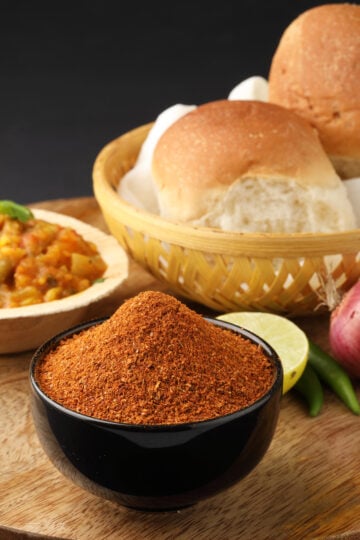
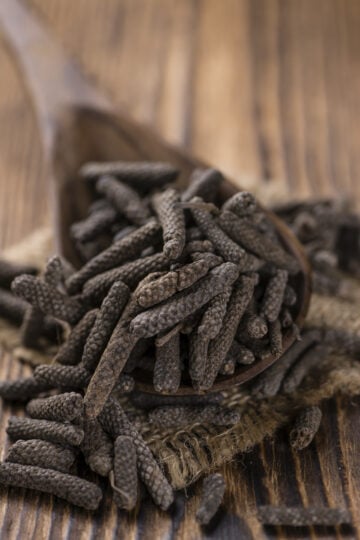
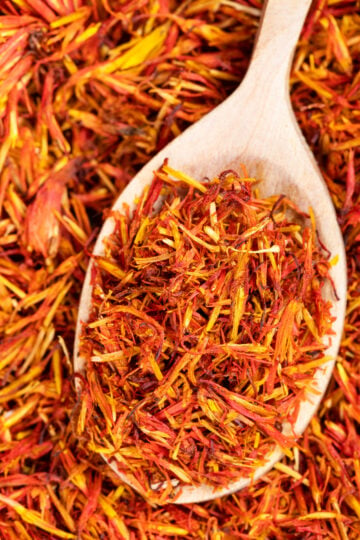
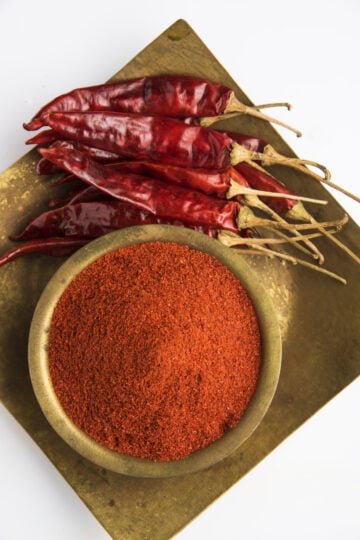
Have a question or something to share? Leave a comment below!